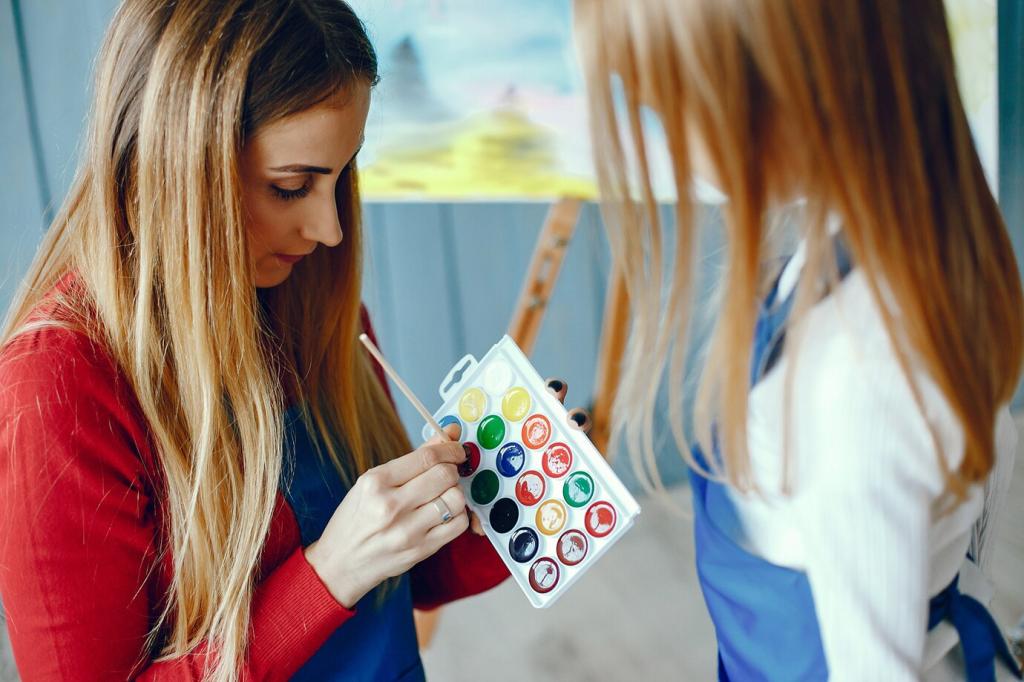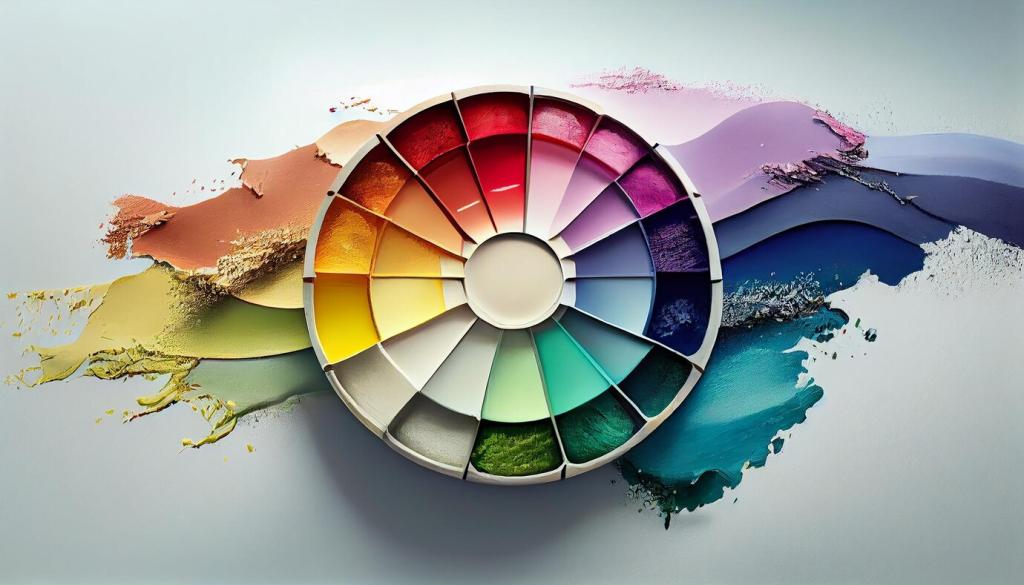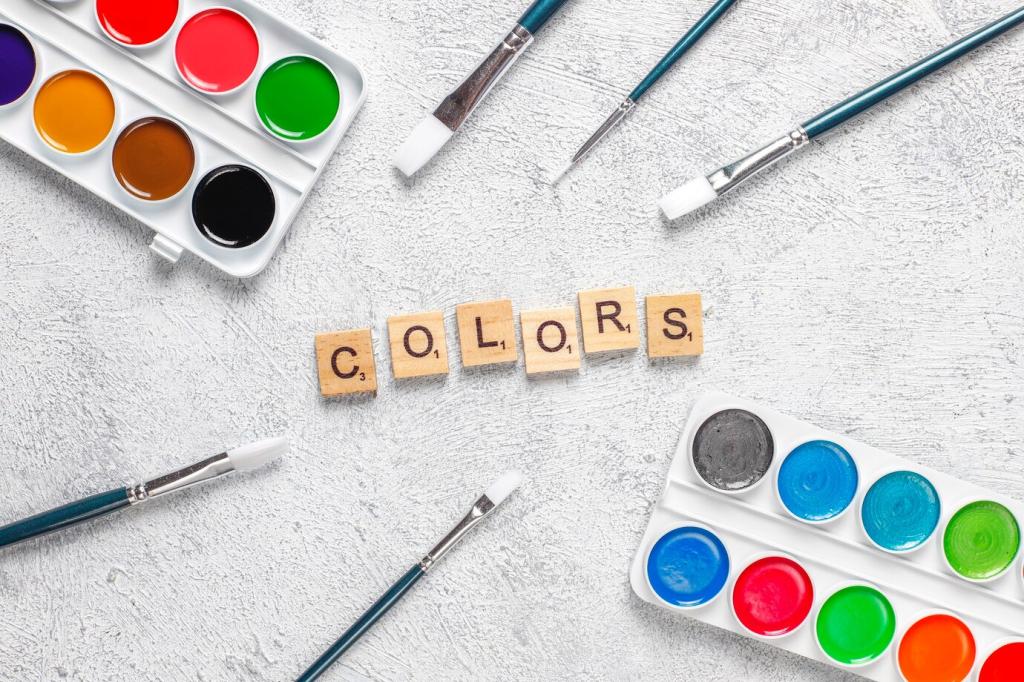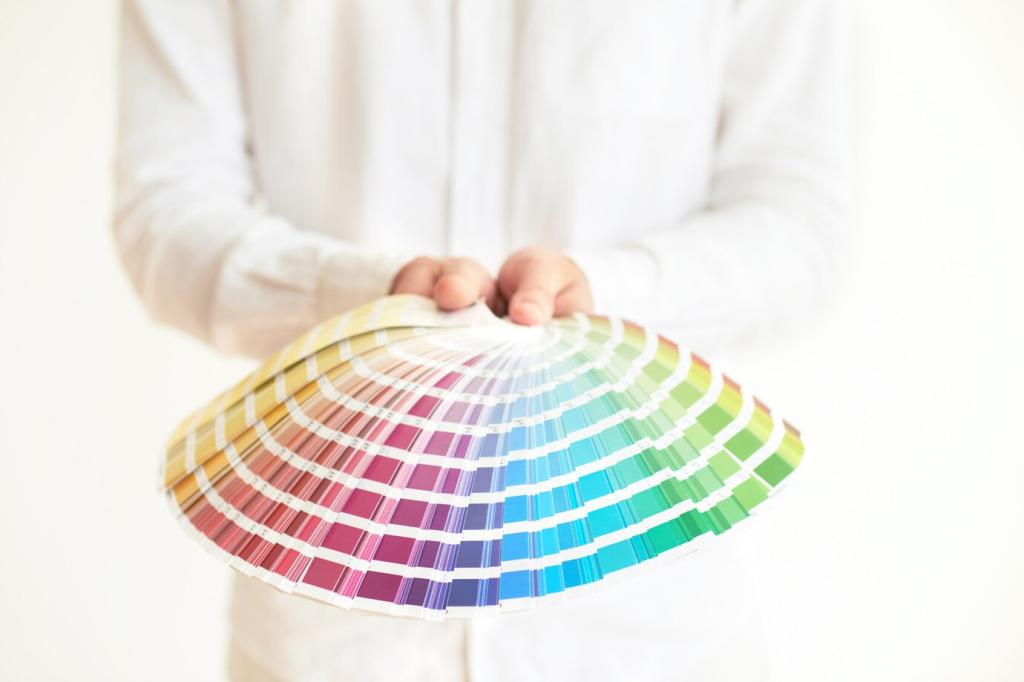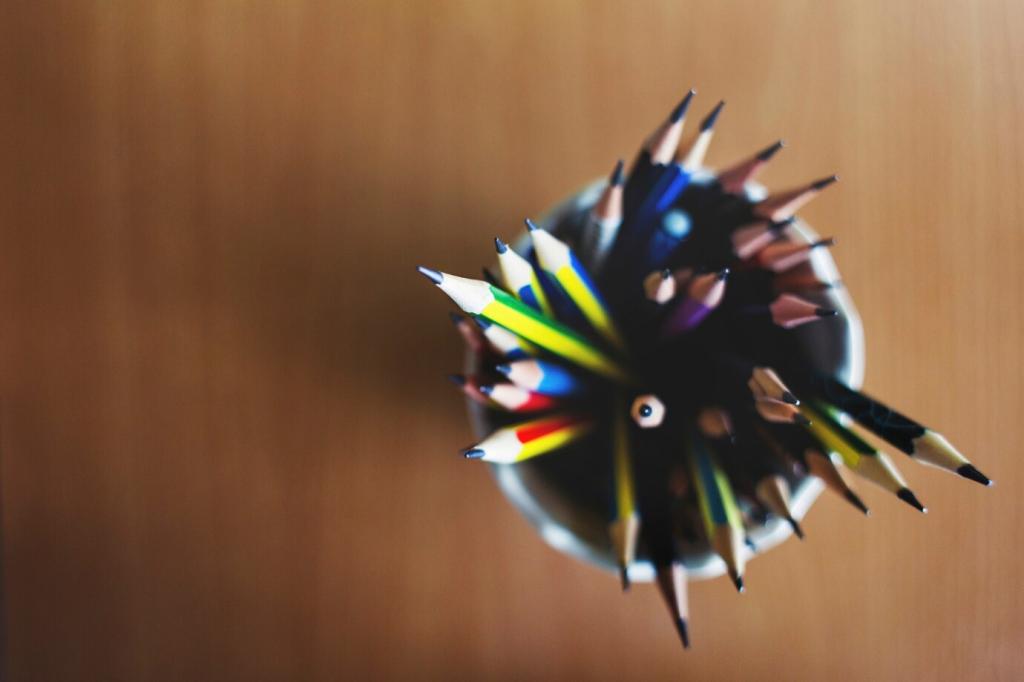Foundations of Color Psychology
Color influences our nervous system through associations and perception. Warm hues can quicken the pulse, cool tones can slow it, and balanced palettes create calm. Understanding these responses helps you match wall colors to well-being goals instead of chasing fleeting trends.
Foundations of Color Psychology
Not all reds are equal, and not all blues are soothing. Lower saturation and higher value soften intensity, while contrast directs attention. Adjust these three variables first, and you can shape space dramatically without changing the actual hue family.


